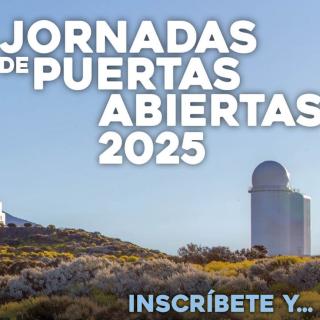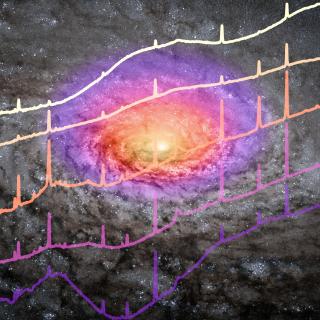La Red de Institutos de Radioastronomía Avanzada en Europa (RadioNet) ha elegido el Instituto de Astrofísica de Canarias (IAC), en La Laguna (Tenerife), para su reunión de coordinación con OPTICON (Red Europea de Astronomía Óptica e Infrarroja). Mañana, viernes 12 de marzo, tras la reunión mantenida hoy jueves por la junta directiva, tendrá lugar de 9h a 13h, una serie de charlas de intercambio en el Aula del IAC con astrónomos de este centro de investigación. Después está prevista una visita de los miembros de RadioNet al Observatorio del Teide (Tenerife).
RadioNet es un nuevo programa astronómico europeo, que formalmente se pone en marcha esta semana con la reunión en Tenerife. Es significativo que, aunque RadioNet sea una agrupación de observatorios de Radioastronomía, este encuentro se celebre en la sede de un centro con observatorios en su mayor parte ópticos, que constituyen de hecho el European Northern Observatory. Esto obedece a uno de sus principales objetivos: la construcción de puentes y la mejora de la comunicación entre todos los astrónomos de la Unión Europea. “Pensaron que sería bueno reunirse en un instituto ajeno a la red para interaccionar con los colegas que trabajan en otras longitudes de onda. Esto es muy importante para conseguir una visión global del Universo”, comenta Artemio Herrero Davó, Coordinador de Investigación del IAC y catedrático de Astrofísica de la Universidad de La Laguna.
En los últimos años, la Radioastronomía se ha beneficiado de importantes fondos de la Comisión Europea (CE). RadioNet es una iniciativa de infraestructura integrada, financiada dentro del Sexto Programa Marco de la CE, actualmente en curso, con 12,4 millones de euros para los próximos 5 años. Cuenta con 20 socios, que llevarán a cabo diferentes actividades de coordinación, acceso a los radiotelescopios y proyectos conjuntos de desarrollo tecnológico en el campo de la Radioastronomía.
Entre otras metas, RadioNet busca el fortalecimiento de toda la comunidad científica europea, estrechando los lazos con OPTICON e ILIAS, programas de astronomía también financiados por la CE.


